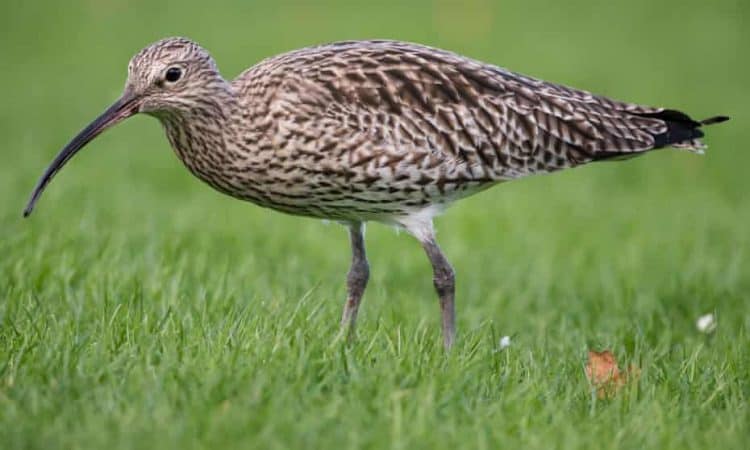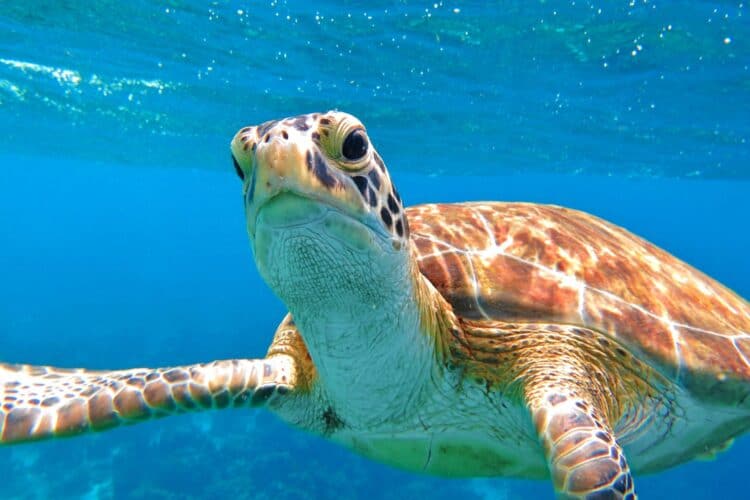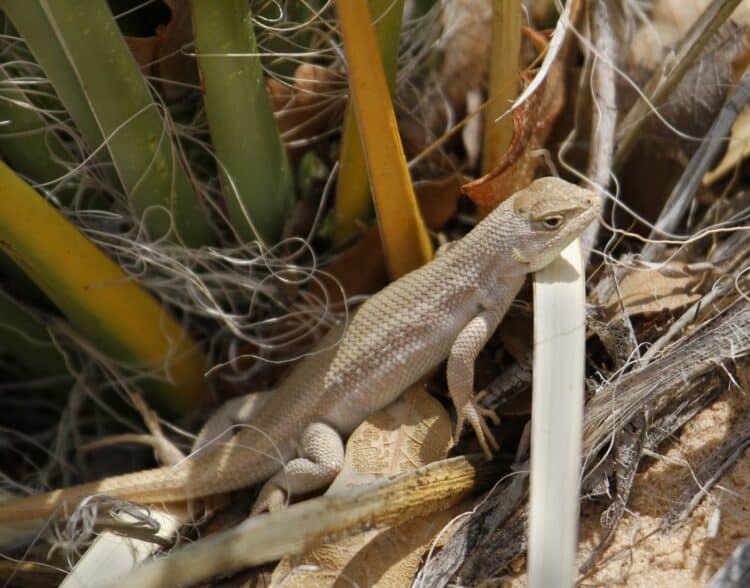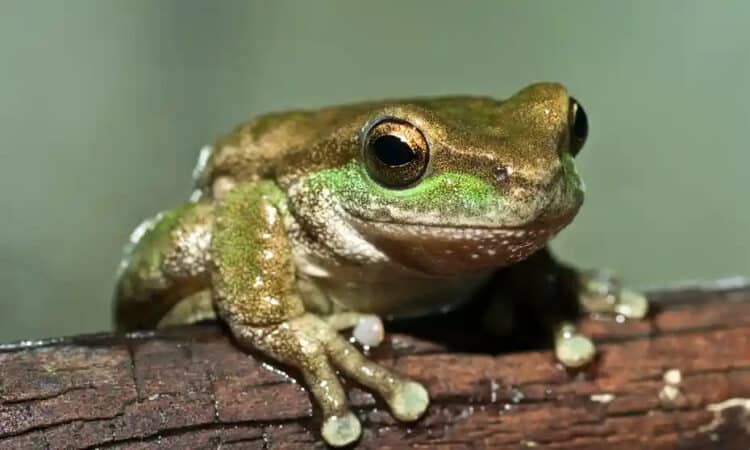The curlew holds a cherished place in Welsh folklore and culture, its bubbling, haunting call traditionally regarded by many as a harbinger of spring.
However, numbers of the wading bird have declined to such low levels that a major plan involving a string of conservation groups, the farming community and the Welsh government has been launched with the aim of saving the creature from extinction in what used to be a stronghold.
There may be as few as 400 breeding pairs of curlew – gylfinir in Welsh – left in the country and the numbers are thought to be plunging at a rate of 6% a year because of a combination of loss of their habitat, the unfavourable management of what remains, and predation of chicks, possibly by foxes and crows.
The 10-year programme includes a plan to identify the areas where curlews survive, and introduce targeted conservation measures, such as managing grass and heathland more effectively. It will be launched on Monday by an umbrella organisation called Gylfinir Cymru/Curlew Wales.
Clare Pillman, the chief executive of Natural Resources Wales, said curlews were a regular presence on her family’s farm when she was a child. “They were something we simply took for granted, but this herald of spring is now in steep decline and it is Wales’s most pressing avian conservation priority,” she said.
The curlew is on the UK red list – meaning urgent action is needed – and the decline in Wales has been disturbingly rapid, with numbers down by more than 90% in the last 20 years.
With its long, down-curved bill, the curlew is a striking sight on winter estuaries or summer moors. The South Clwyd mountains in Denbighshire, north Wales, are one of the last enclaves, home to about 50 pairs.
The curlew captured the imagination of the Welsh poet Dylan Thomas. In his poem In the White Giant’s Thigh, he wrote: “Through throats where many rivers meet, the curlews cry / Under the conceiving moon … ” In Under Milk Wood, one of the vessels bobbing in the harbour was called the Curlew.
The Welsh minister for climate change, Julie James, said the curlew’s plight epitomised the nature emergency. “It is not just something for governments and nature experts to address in isolation,” she said. “It is for all of us in Wales to take ownership of, support and get involved in the remedies. I want future generations to be able to hear the beautiful cry of the curlew.”
The programme, the Wales Action Plan for the Recovery of Curlew, will identify what it calls a network of ICAs (important curlew areas) with each zone given a lead organisation and community champion.
Gylfinir Cymru will work for packages of support to be provided to farmers and land managers, enabling them to create the sort of landscapes in which curlews can thrive. Also planned is the recruitment of a Wales curlew programme manager and volunteers to help.
The group does not intend, for the moment at least, to champion a programme of breeding birds in captivity to release them into the wild, considering this too complex and risky.
Mark Isherwood, a member of the Welsh parliament representing the north Wales region, said: “The curlew’s distinct and ethereal song is a familiar sound that is deeply ingrained within our culture. We are at a critical time for breeding curlew, and perhaps have only 15 years left.”
This article by Steven Morris was first published by The Guardian on 22 November 2021. Lead Image: The curlew’s decline in Wales has been rapid, with numbers down by more than 90% in the last 20 years. Photograph: Abi Warner/Getty Images/iStockphoto.
What you can do
Support ‘Fighting for Wildlife’ by donating as little as $1 – It only takes a minute. Thank you.
Fighting for Wildlife supports approved wildlife conservation organizations, which spend at least 80 percent of the money they raise on actual fieldwork, rather than administration and fundraising. When making a donation you can designate for which type of initiative it should be used – wildlife, oceans, forests or climate.







Leave a Reply